Though we don't use it often (or rather,at all), the point is when you get something free, there are always strings attached. And the biggest one of them all is the 'we might just shut down this service if we want to' risk.
I used Google Bookmarks for a while now. Yesterday I moved to bit.ly. Chances are Google might find bookmarking not to be a business core to their strategy and decide to shut the service. However chances of that happening to bit.ly looks remote since that's what they do (apart from link-shortening) and even if they get acquired, there is a higher probability of the service continuing for its core business.
I don't want to use Google Takeout again to transfer my bookmarks. But I might be willing to pay bit.ly a bit (pun intended) to make sure the bookmarks that I have accumulated over the years stay in a single place and something more (analytics, tracking etc).
And think about the impact of such shutdown decisions on much more emotional and sensitive stuff like photos? What if Flickr decides to flip it one day? Unlikely, but did we really expect Posterous to die? Or for that matter, a harmless-doesn't-cost-much-to-Google (in a relative sense) service like the Google Reader to go away?
As a consumer, paying for peace-of-mind and convenience is good sometimes. So when you are asked to do so, think about the shutdown/loss/inconvenience impact before you cringe. At least you know the business makes money and will not wind up or die at the hands of a large conglomerate that does not find it important anymore.
And as an entrepreneur, running a business that gives peace of mind to consumers and charges for it is good. Next time you are busy ideating the next Facebook (free for life et al), step back and see if it makes sense to attack the biggies by promising to staying true to consumers and asking them to pay for something that means a lot to them.
Win-win.

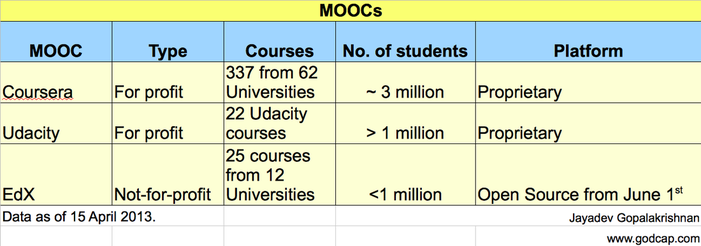
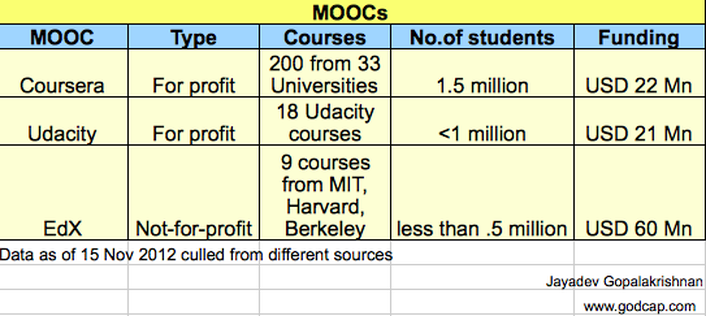
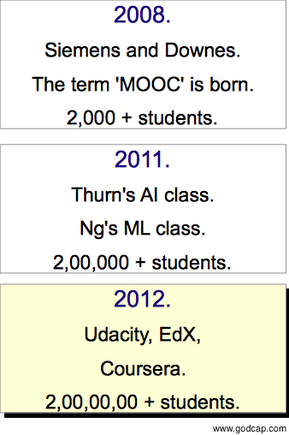
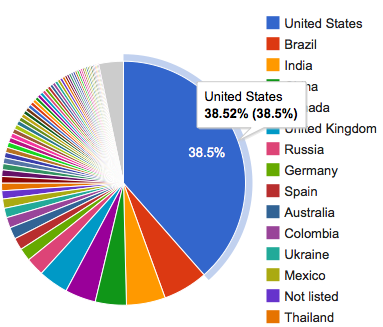
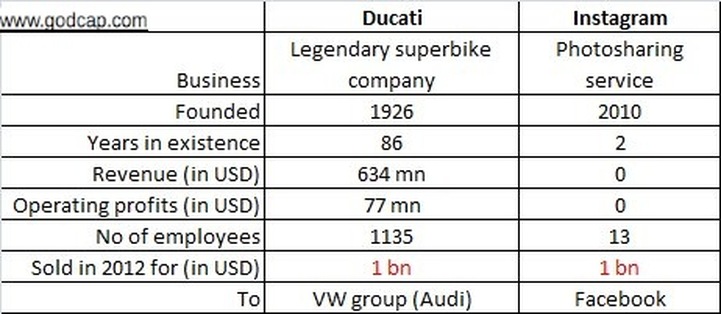

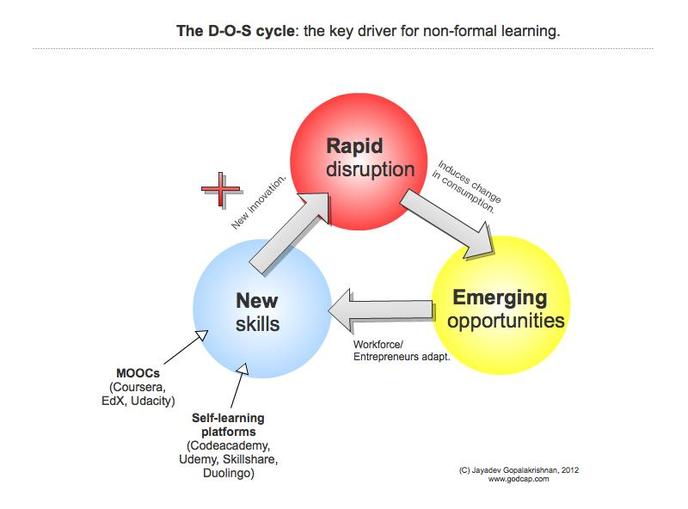
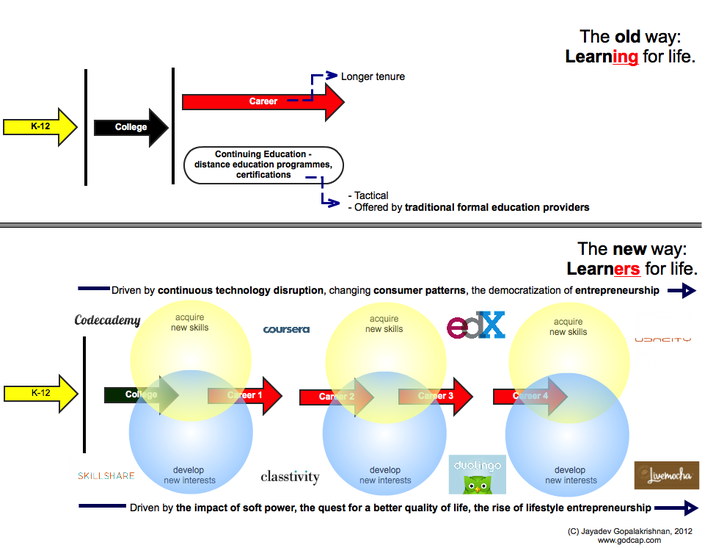
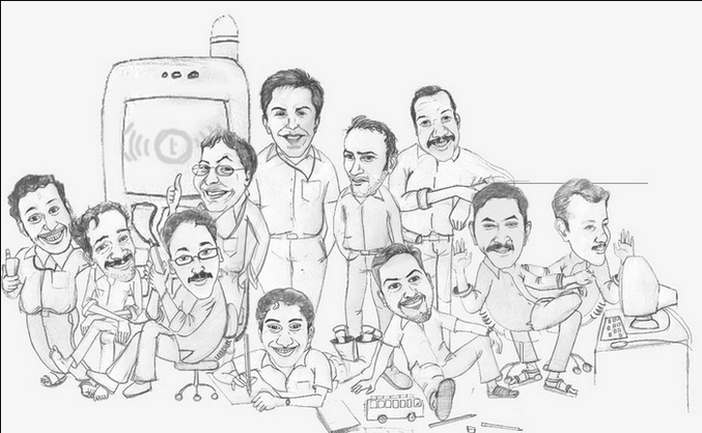

 RSS Feed
RSS Feed